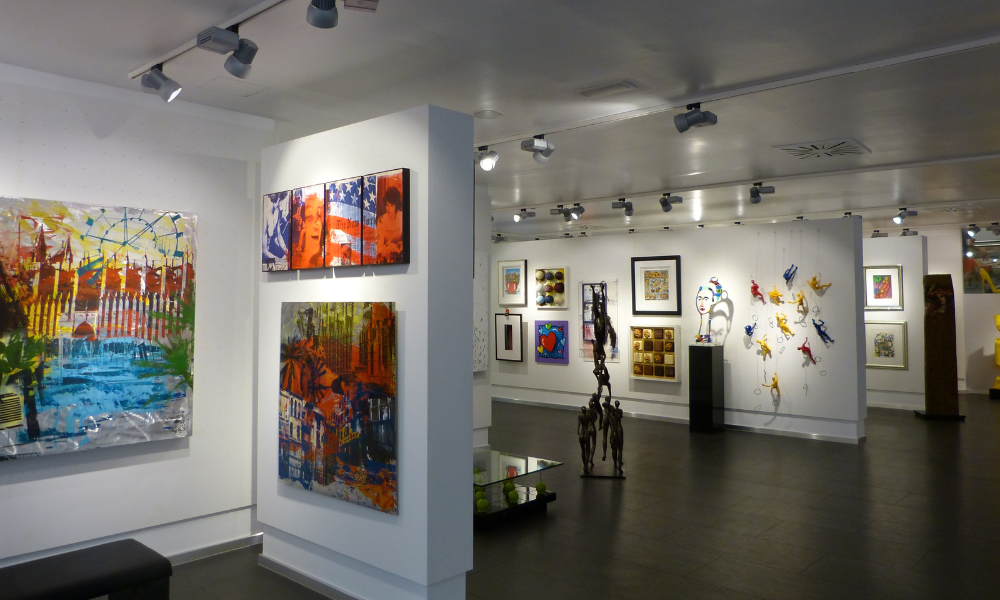How can I achieve fame as an artist? This question is often pondered by aspiring young artists seeking success. Can you become an artist? Absolutely. Can you attain fame? Perhaps. It’s within the realm of possibility, yet in the realm of art, there are no certainties. In a recent reality television program, Australian choreographer Jason Coleman remarked that celebrity is not a deliberate choice; it’s something that may happen organically. Occasionally, artists produce exceptional work, sustain a livelihood, yet remain relatively unknown beyond their immediate circles or a select few collectors. Conversely, some artists of average talent achieve widespread recognition by striking a chord within the cultural landscape or being championed by influential figures. Fame, in the realm of art, is unpredictable and capricious.
Understanding the Essence of Being an Artist
Do you truly grasp the essence of an artist’s life? It’s quite astonishing to consider the number of misconceptions that exist about artists. Some misconceptions can become serious obstacles if believed too fervently. Contrary to popular belief, living in poverty, struggling with addiction, or sporting an eccentric hairstyle are not prerequisites. In fact, many successful artists lead quite ordinary lives and could easily be mistaken for everyday tradespeople if you encountered them casually.
Embarking on the Artistic Journey
To achieve fame, you must first embrace your identity as an artist. What’s the initial step? Engage in the act of creating art. You might wonder why this precedes formal art education. The reason is simple: you require a collection of your work—a portfolio—to gain admission to an art institution. While art school has the potential to refine your abilities, the fundamental urge and passion to create must be innate. Your talents will naturally evolve over time, but the journey starts with the act of creation. For those beginning this voyage, maintaining a sketchbook is an ideal starting point.
Study Art
To achieve fame in the art world, surpassing mediocrity is essential. Delve into the realms of art theories and history, and master various artistic skills, including traditional and digital mediums, sculpting, and modern installation and video techniques. Art school offers comprehensive guidance in these areas, fosters philosophical contemplation, and facilitates connections with fellow artists. Alternatively, self-improvement can be pursued through self-directed learning, literature, evening courses, and workshops. For insights on the impact of these choices, consider exploring an article about the pros and cons of attending art school.
Make a Plan
Forging an art career is a gradual process. Art collectors are interested in artworks that promise appreciation in value and are created by artists who are actively evolving and producing desirable work. Therefore, it’s crucial to cultivate your portfolio, establish relationships with galleries and art dealers, and engage in competitions to enhance visibility. Adopting a systematic strategy is vital for efficiency and maintaining focus on the essential act of creating art.
Create Abundantly
The challenging aspect is this: to become a renowned artist, you must become a name that resonates with the public. Popularity is the gateway to fame. In the art world, there are primarily two paths to this goal. The first is a profound dedication to your craft, producing work that is not only technically proficient but also deeply sincere and resonant, allowing art dealers, collectors, and the public to form a profound connection with it. This connection is born from the recognition of your distinct worldview, one that they can relate to in some manner. Consider the likes of Lucian Freud, Anselm Kiefer, Jean-Michel Basquiat, and Banksy. However, emulating the masters isn’t sufficient; you must unearth your own unique perspective. An art residency can provide the space needed for this exploration.
The second path is to align your work with the preferences of the masses, selecting themes that are known bestsellers, creating art that you’re confident will be well-received. At times, this may involve crafting ‘edgy’ or trendy pieces to ride the wave of current fashions, which can be effective if you’re swift enough to follow the trendsetters. More commonly, it involves producing conventional works, whether it’s cozy, candle-lit cottages for one audience or provocative nudes for another. If this brings you joy, pursue it wholeheartedly.
Promote Your Art
While promoting your art can be enjoyable, it’s also demanding and potentially distracting. It’s important not to become so absorbed in marketing that you neglect creating art in your studio. To gain fame, it’s essential to showcase your work to a wide audience. This involves seeking gallery representation and aiming for a presence at significant art fairs. The conventional path remains the most effective for serious art endeavors. While major galleries often have dedicated websites for their artists, setting up your own online gallery is advisable until you secure representation. Some artists opt to sell their work independently via the internet, but to truly capture the attention of collectors, it’s beneficial to engage with traditional art networks. Online platforms can serve as an interim solution for emerging artists and are also favored by those producing niche or widely appealing works, such as prints and posters.
The Reality of Fame
Fame is an outcome rather than a choice. If fame is your sole ambition, you might consider reality TV or a high-profile marriage. In jest, if you were to ask friends who aren’t artists to list five contemporary artists, it’s unlikely they could, unless they’re part of a particularly artistic circle. Ultimately, the importance lies in creating art that brings




